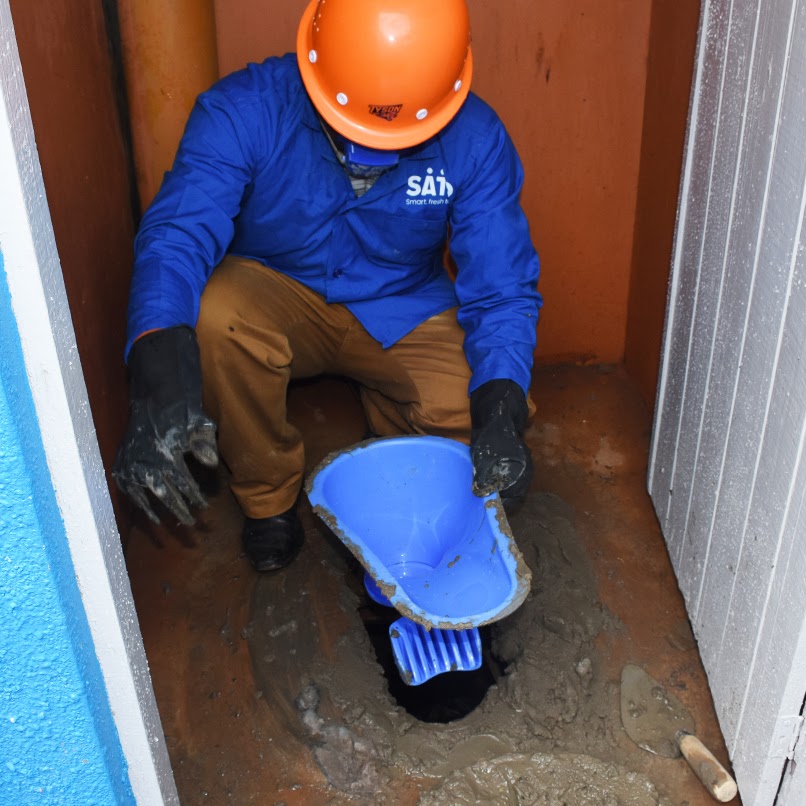USHA interviewed 329 early SATO purchasers in nine districts to gain insights into customer purchase, usage behavior and potential challenges.
The initiative is part of a partnership established with LIXIL to support the expansion of SATO’s supply chain in select districts and subcounties by linking independent retail outlets with distributors and marketing the products through community health programs.
The USAID Uganda Sanitation for Health Activity (USHA) aims to increase access to water, hygiene, and sanitation (WASH) services in Uganda where more than 81% of the households lack access.
Main Research Findings:
Sanitation status prior to purchasing SATO: Most households interviewed either had basic (67%), or limited access to sanitation facilities (27%) prior to purchasing the SATO product, indicating that the SATO is an attractive upgrade product for households that have toilets with a washable interface. Only six percent (6%) had unimproved toilets that needed to be improved prior to installing the SATO product.
Product preference: Among the three SATO products available for purchase, the SATO Pan was the most popular (83% of households purchased it), followed by the SATO Flex (10%) and the SATO Stool (7%).
Installation and product perception: Regardless of the SATO product chosen, ninety-five percent (95%) of all households were observed to have installed the SATO product on their toilets, showing that a great number of households that had purchased a SATO product were also using them; and nearly all households (98%) who had installed their product were satisfied or very satisfied with their SATO product and its installation.
Reasons cited for product satisfaction included:
● Friendly price
● Reduced smell
● No flies/ other insects
● Easy to clean
● Safe for children to use
● It makes the latrine looks modern



A latrine upgraded from an open to a closed pit latrine in Uganda.
For more information on the survey procedure and research results, read the full report on the GlobalWaters.org website here.